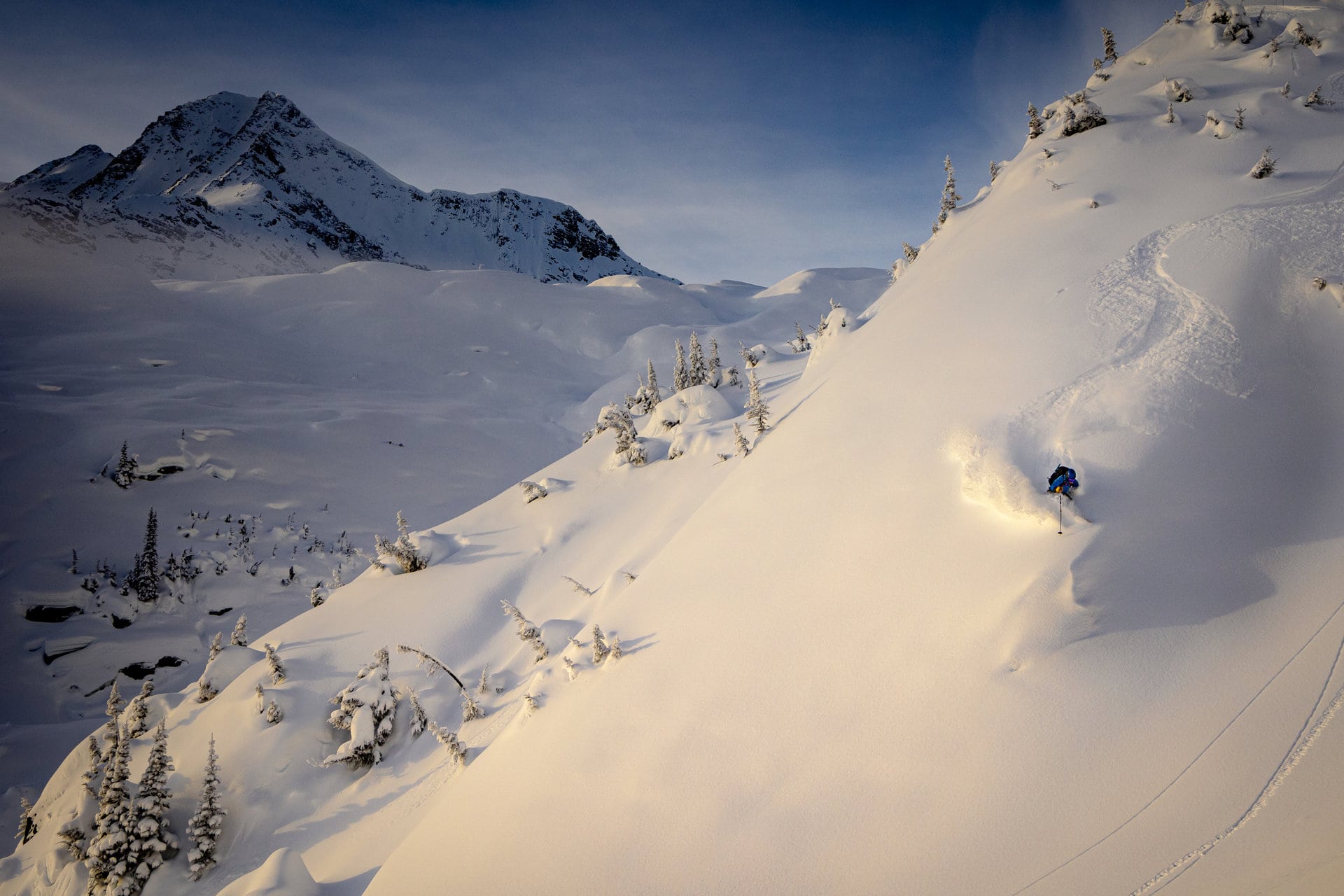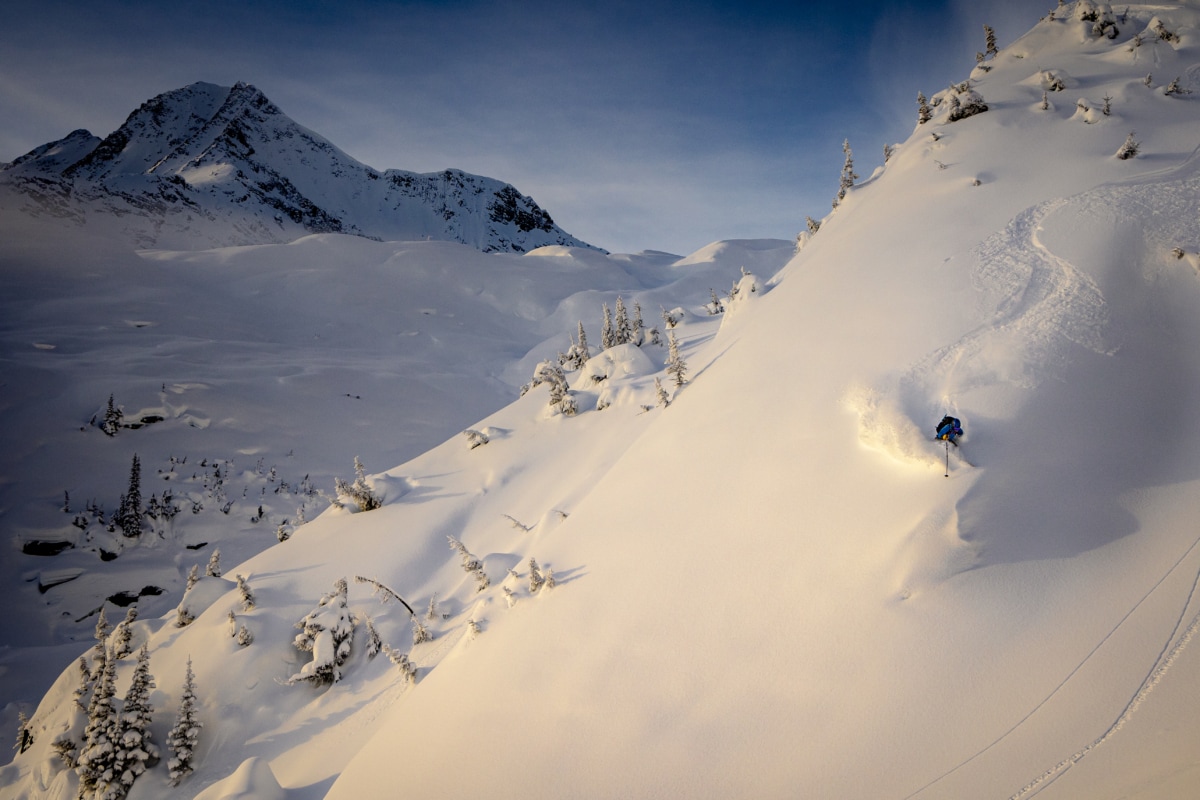
It’s -28C outside, the arctic air mass just engulfed BC and ski touring is on pause until the temperatures rocket back to the norm. I figured it might be time to talk about my journey toward ski guiding (if it wasn’t already obvious that I was heading that way). I’m not one to talk much about my professional life on Beyond Our Peak – I usually dislike the long, winding monologue about one’s feelings, but for once, I’ll let the keyboard chime freely. Let’s talk about what it took to get admitted to the ACMG Ski Guide certificate. I’ll offer some sound advice on the matter as there is no one way to achieve this goal.
What’s The ACMG Ski Guide Certificate?
For starters, the certificate provided by the Association of Canadian Mountain Guides (ACMG) is the ski-centric chapter of a mountain guide’s training, involving ski touring and mechanized skiing (helicopter and cat-assisted). The other two chapters are the Rock Guide and Alpine Guide. Some call it the PhD. of mountain travel. As a victim of the outdoor sport’s sky-rocketing popularity, the ski guide program is especially highly sought after. As a matter of fact, the committee lets in up to 25 students yearly out of more than 200 applicants. That’s 12.5% of applicants.

Given the tough competition, all students vastly surpass the minimum admission criteria forcing some to apply several times over. It goes without saying: the bar is high… and for good measure. After all, ski guiding relies heavily on experience and good judgement which takes time to cement. For years prior to my admittance, I was wondering what got applicants ahead of others as I was trying my best to stack my recreational and professional ski touring and guiding resume. It honestly was a source of anxiety, always questioning my strategy, wondering if it was the “right” way. Talking to my peers, most students have been eaten up by this burning feeling. Bear with me, I’ll go the long way around to answering this question. I promise I’ll point out some crucial lessons from which aspirant guides could benefit.
A Forgotten Past
I figured I might as well use my journey as a case study. I wasn’t born into a family of renowned mountain guides or in the supposed birthplace of ski mountaineering. Really, I was born in Montreal, a bustling city, among a family of well-educated, loving parents working busy white-collar jobs. I grew up skiing in Mont-Tremblant, QC, but not the kind of extreme skiing I now adore. My family wasn’t particularly outdoorsy but thankfully took me out skiing every winter. In my late teens and early twenties, I started backpacking as a way to escape the stress factors found in the city. I absolutely loved the adventure as well as the solitude that came with the backcountry environment. In 2016, I graduated in mechanical engineering with honours. I was a hard-working student, with a particular aptitude in mechanical design and 3D modelling. After working for three years in an office, I was done sitting in front of a computer, 50-60 hours per week. My vision worsened, my lower back ached, and my wrist was throbbing. I watched silently as my body slowly withered away. I craved a more hands-on job. I needed to make a big move.
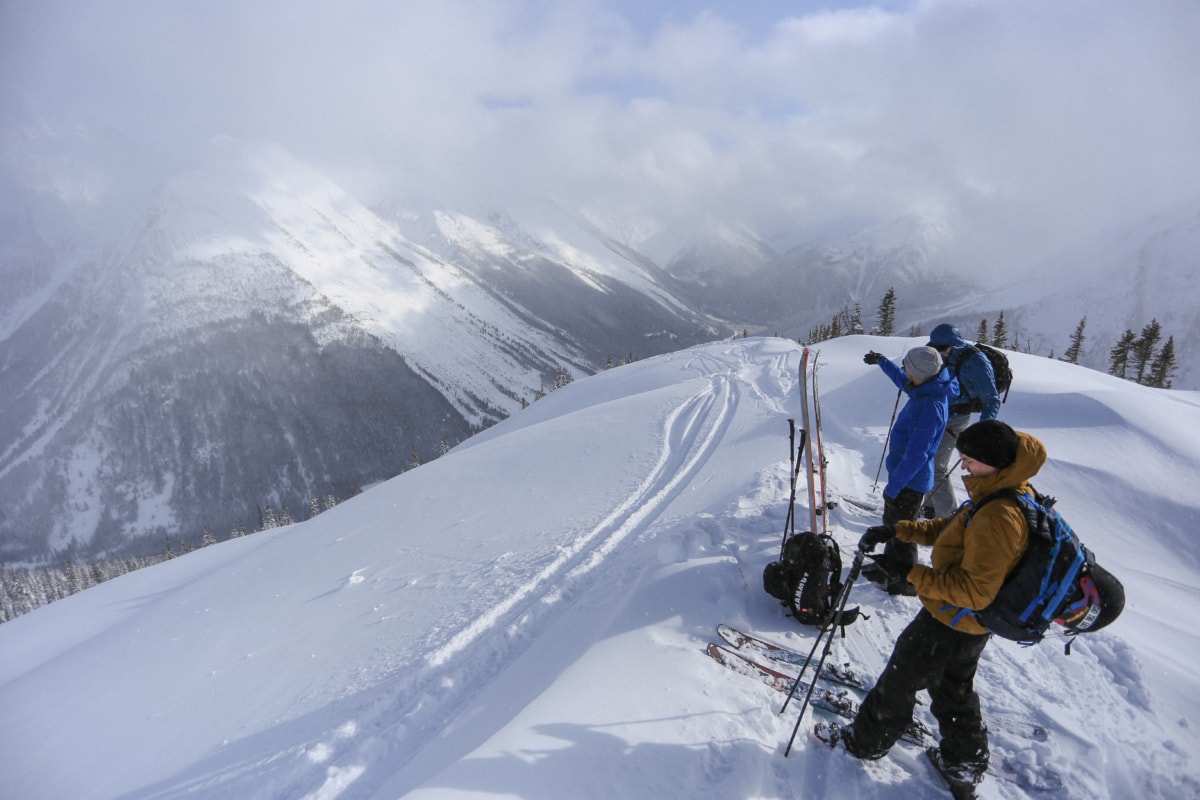
After months of rumination, I decided to get back to my roots, skiing in big terrain. I googled “ACMG” and looked into the ski guide program. It sounded so appealing but little did I know, it would take years of hard (fun) work to get there. I ended a healthy relationship, abandoned my stable engineering job and packed my bags. Destination: Revelstoke, BC. I was 25 by the time I was fully dedicated to the path. In my mind, I was late to the party and I needed to fast-track the process. Boy, was I wrong! This was totally the wrong way to go about it.
Enjoy The Journey Safely
Here’s a quick reality check for aspirant guides: there is no shortcut to getting in. So you might as well enjoy the journey. Thinking I was pretty old for starting on this path, I ground away at high-paying night jobs (serving tables) that allowed me to complete the pre-requisite courses and tour almost every day to the point of burning out by March. I was so focused on the objective – of getting into the program – that I had a hard time finding enjoyment in skiing. I had a few too many close calls with fast-moving snow, I was buried to my neck by a size 2.5 avalanche, and I lost a few toenails due to frostbite. It came to a point where I would complete an epic, week-long traverse and compromise on my own and my partner’s safety to see it yet become another line in my already extensive ski touring log. In retrospect, I had it all wrong. In a perfect world without this self-imposed agenda where accolades matter, this should have been about exploring new terrain through which few have travelled before, pushing my own limits and just having a grand ol’ time in the wild most importantly without compromising on safety. Isn’t that what guiding is all about: safety, followed by client care and enjoyment? It’s a curious irony: I was so obsessed with grasping the apple, that I abandoned all the principles by which it is governed.
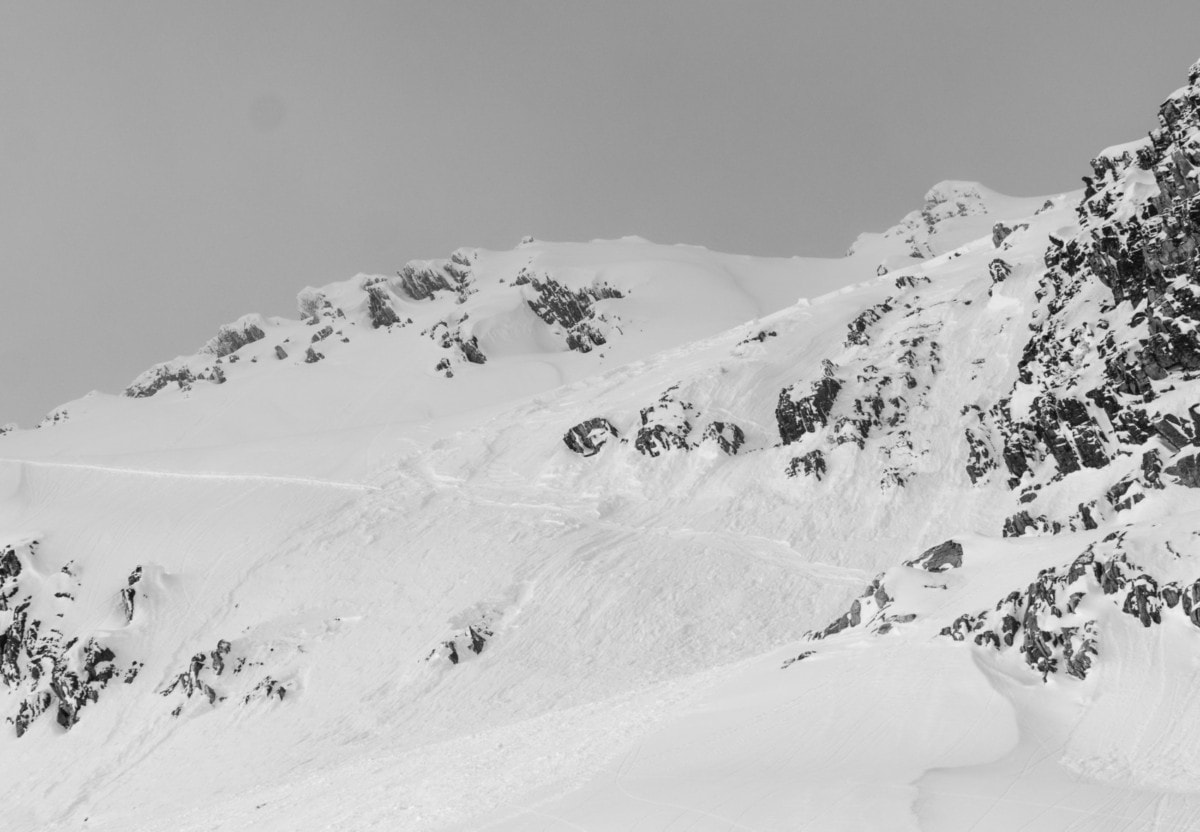
After an initial failed application, a hail-mary that didn’t have enough substance, my second go got me into the ACMG Ski Guide program. I got the news in July; I should have been thrilled. In reality, I was numb and I let out a sigh of relief. I figured: at least now, I won’t put my life on the line to add an impressive trip to my resume. Listen up folks, don’t be an Oli. Take your time, wait for the right conditions and enjoy the journey… safely.
So What Did It Take?
By the time I applied for the second time (four years since starting on the guide path), I had accumulated the following:
- 203 ski touring days in total
- 41 days of multi-day traverses in complex, glaciated terrain either tent or hut-based
- Most of my experience was in the Columbia Mountains and in the Rockies. I had a single 5-day tent-based traverse on the Coast
- A season’s experience working as a tail guide in the heli-ski industry.
- One practicum week in a ski touring lodge and a few days shadowing avalanche safety courses
- A few seasons of resort “guiding” on a part-time basis in Revelstoke
- Way too much time spent building Beyond Our Peak
- A life-altering passion for ski touring and skiing in general
I tried to ski tour as much as I could and complete 1-2 big traverses or camping excursions every winter. I remained ambitious in my goals, sometimes taking on an objective that was way beyond my capabilities at the moment. My risk tolerance was way beyond what it is today.
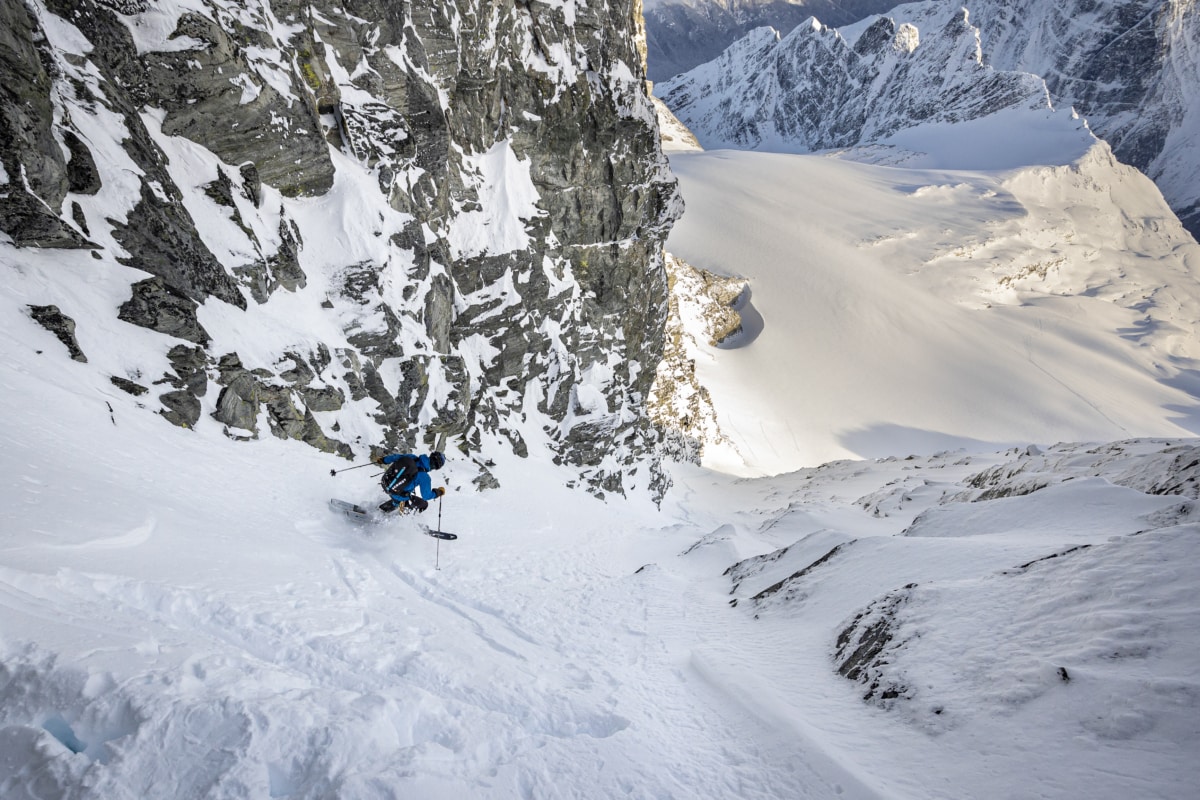
I’m just one example out of many variations. Talking with some of my peers, I found out ACMG students come from a variety of backgrounds. It seems like everyone has a vastly different journey. Some have little to no work experience but have completed massive expeditions traversing large swaths of alpine land, and entire mountain ranges on skis. Some have a shorter recreational ski touring resume but have worked in the ski guiding industry for 10 years. The scale really swings to both extremes.
How To Work In The Ski-Guiding Industry?
It’s a pretty broad question that has been asked many times over and for good reasons. There’s a surprising lack of information online. I might write a piece about that at some point. My advice: persistence is key. I relentlessly contacted guiding operations about potential job opportunities. The job will not magically come to you – you’ve got to get your name out there and know the right people. It’s intimidating but it’s the only way. The guiding community is very much a word-of-mouth industry. Generally speaking, mechanized skiing operations employ more tail guides than their ski touring counterpart. Managers tend to hire in May-June for the following winter but job opportunities can come up much later. It’s hard for operations to predict staffing until September-October when bookings are confirmed. I also found it easier to get a job once the employer figured out I had already applied for the ACMG Ski Guide certificate. I figured it shows I’ve got decent experience in the mountain, I share a hardcore passion for skiing and I’m serious about the career path.

Ski touring operations tend to take on potential students for a week-long mentorship opportunity at their lodge. Folks call this a practicum. It’s an unpaid work exchange where you get to follow two guides and their group in a glorious untouched tenure in exchange for completing a variety of basic lodge tasks. While generally speaking, this is a great deal, some operations tend to abuse the willingness of aspirant guides to get free labour out of it but I won’t get into the matter at this time.
Any Questions?
This is it for today. I truly hope this piece answered some of the questions about the ACMG Ski Guide certificate and shed some light on the thick veil that hides the topic. There’s always more to discuss but that will have to do for now. Feel free to reach out through my Contact page or Instagram for additional questions. I’ll be more than happy to answer to the best of my knowledge.
See you on the slopes!
